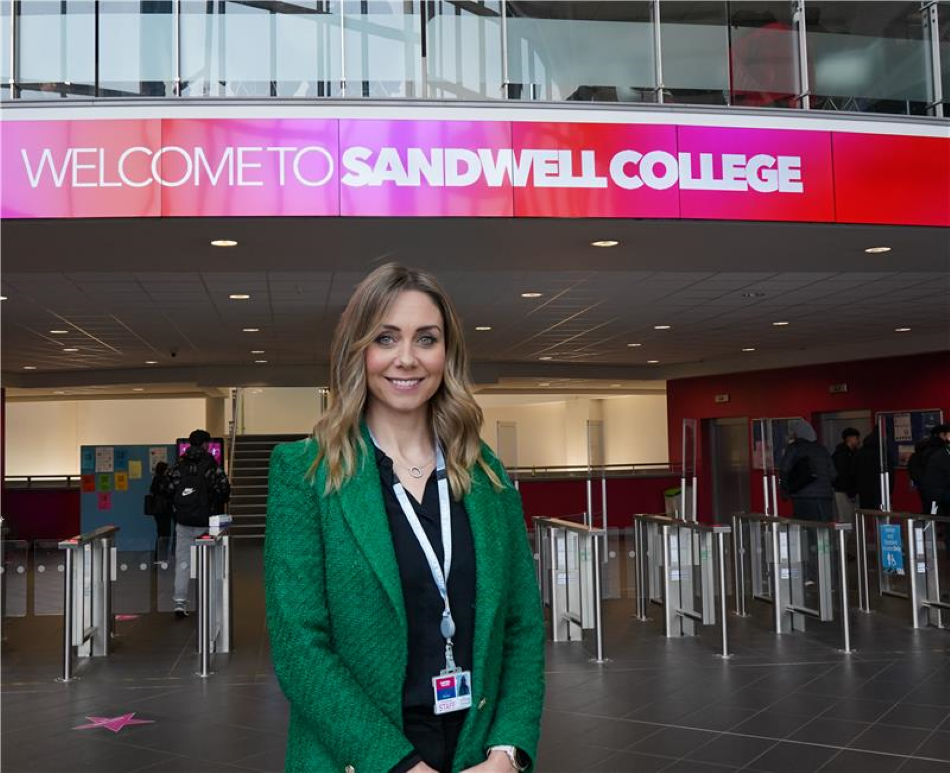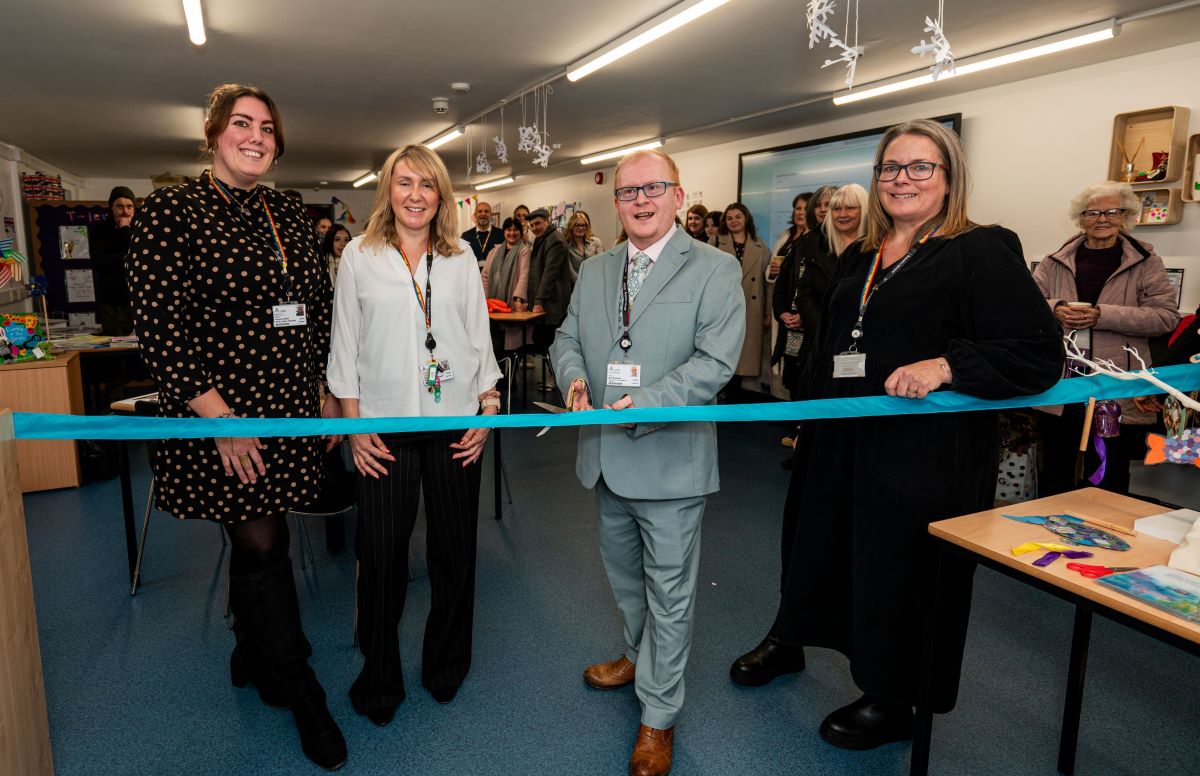Creating an effective stakeholder plan

Stakeholder engagement is an integral operational element of any educational establishment.
Creating, and executing, an effective stakeholder plan can help greatly shape the positive image of an establishment. It can help to shape ongoing projects – both curricular and extra-curricular, help to unlock resources and foster collaboration between various stakeholder communities.
It is, by no means, a simple task. Stakeholders must be constantly and consistently engaged and managed. It needs to be an ongoing activity, rather than a last-minute add-on, or an afterthought.
Who are your stakeholders?
Within any given educational establishment, its stakeholders are those groups and individuals who are either affected by the school or can influence the school.
Students and faculty are the most obvious within this remit. Parents as well, but it can also expand out into the wider local community and perhaps even into the business community.
Creating a plan
An initial stakeholder comms plan is a framework, or a stakeholder map, to ensure that all relevant individuals and groups are being informed and kept up to speed.
Establish Targets
Initially, this should look to identify all relevant stakeholders, both existing and potential. This will create a more direct understanding to all, around whom you are attempting to communicate with.
Once your targets are identified, break them down into internal and external categories. This will help shape specific comms and messaging for any given communications thread.
Set Objectives
From here, knowing what you want to achieve is fundamental to the success of your ongoing stakeholder engagement. The greater you understand what you want to achieve, the more specific and targeted you can be in your approach.
Choose your communication methods
After this, it’s a matter of establishing your channels of communication. This could be anything from written letters and telephone calls, to emails and email marketing and social media. But having a mix of communication methods will ensure a wide reach.
Engaging Stakeholders in the Wider Community
Looking beyond the student and faculty bodies, educational establishments can find great value in expanding their stakeholder nets into the wider community.
For example, a secondary school may look to enhance their student experience by engaging with leaders and experts, relative to any given course.
With something like this, the potential for stakeholder involvement can be near limitless. It can span the breadth of a school’s course offering and is only limited by the appetite and desire of the leaders within that school.
Bridging the talent gap
Beyond secondary education, and into further education, establishments may find even greater benefits in engaging with the wider community.
With FE students being that much closer to entering the workforce, it can be massively beneficial for the student to meet leaders and experts from a field they are interested in entering. This can inspire, engage and give the student a clear vision of entering the world of work.
The stakeholder can also find huge benefits here too. In Engaging with further education establishments, a business leader can really widen their access to young talent, at source.
This can be hugely beneficial to businesses, as with many industries facing talent shortages one of the most effective and efficient ways to deal with this is to engage with young potential prospects early in their career journeys.
Fostering long-term relationships
To really achieve success in your stakeholder engagement, particularly when looking to engage outside of your regular stakeholder community, educational leaders must look to foster long term relationships.
For the benefit of the student, having long exposure to individuals from different industries, backgrounds and walks of life, can be hugely inspiring and informative.
Meeting and engaging with people who have ‘been there and done it’ can give students a sense of perspective, from outside of the classroom. It can show them that their goals and dreams can be achieved because there is someone who has done just that.
A one-off experience of this kind can be informative. But over a prolonged and sustained period, it can be truly trajectory-altering.
Your next steps
Within education, stakeholder engagement can, and should, go beyond the student body, staff and board of governors.
Schools taking the initiative to expand their stakeholder reach, out into the wider community can not only increase their student experience but create positive recruitment links between education and business.
By taking this extra step in stakeholder engagement, educational establishments are going above and beyond the call of duty. Ensuring that their students are truly engaged and creative positive, mutually beneficial links, between students and potential employers.











Responses